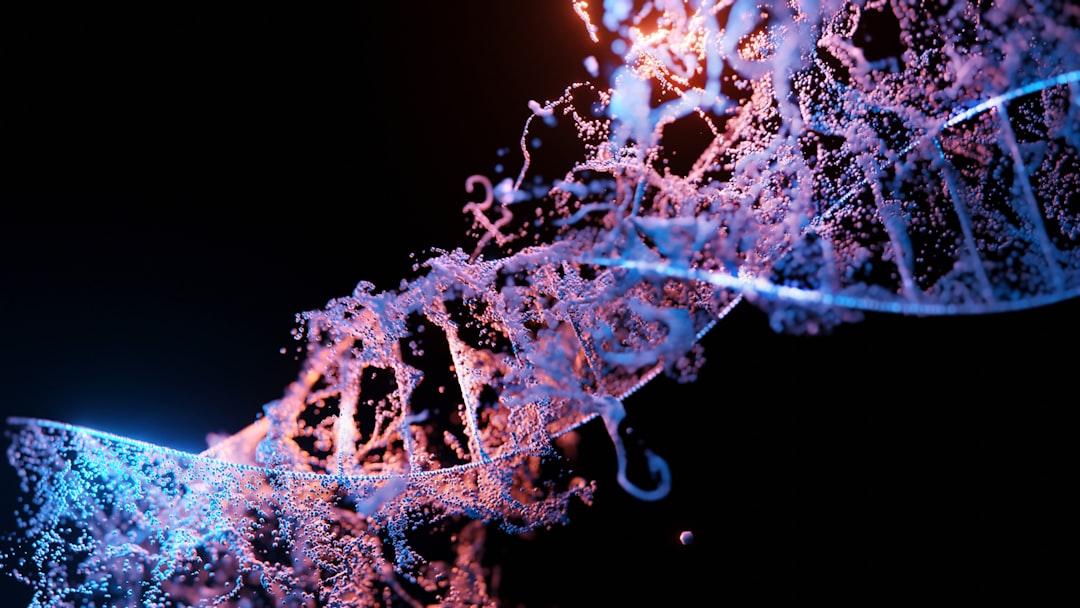What is it about?
Translocation of a daughter vesicle through a transient pore on a mother vesicle in a model system of self-reproducing vesicles is an important step in the achievement of vesicle dynamics that are relevant to biological cell division. The process has been experimentally studied by many research groups. However, the theoretical formulation of the problem is not fully understood. With use of experimentally reasonable values of the elastic moduli, we have shown that our theoretical model successfully reproduced the progress of the birthing process.
Featured Image

Photo by Trophim Lapteff on Unsplash
Why is it important?
Biological cell division is complicated. This fundamental mechanism for cellular life composes of size regulation and reproduction. Instead of studying the mechanism in a completely complicated cell directly, our findings show that the process of self-reproduction can be described by just using a simple model of two lipid vesicles where the elastic moduli and pressure-driven contribution are significant.
Perspectives
Translocation of a daughter vesicle from a mother vesicle through a pore has been observed by many experimentalists. However, the theoretical formulation of the problem is still not fully understood. I think that our simple model can give a reasonable explanation for the process. Experimentalists might use our model to study or design their experiments.
Petch Khunpetch
Ramkhamhaeng University
Read the Original
This page is a summary of: Translocation of a daughter vesicle in a model system of self-reproducing vesicles, Physics of Fluids, February 2024, American Institute of Physics,
DOI: 10.1063/5.0186977.
You can read the full text:
Contributors
The following have contributed to this page










